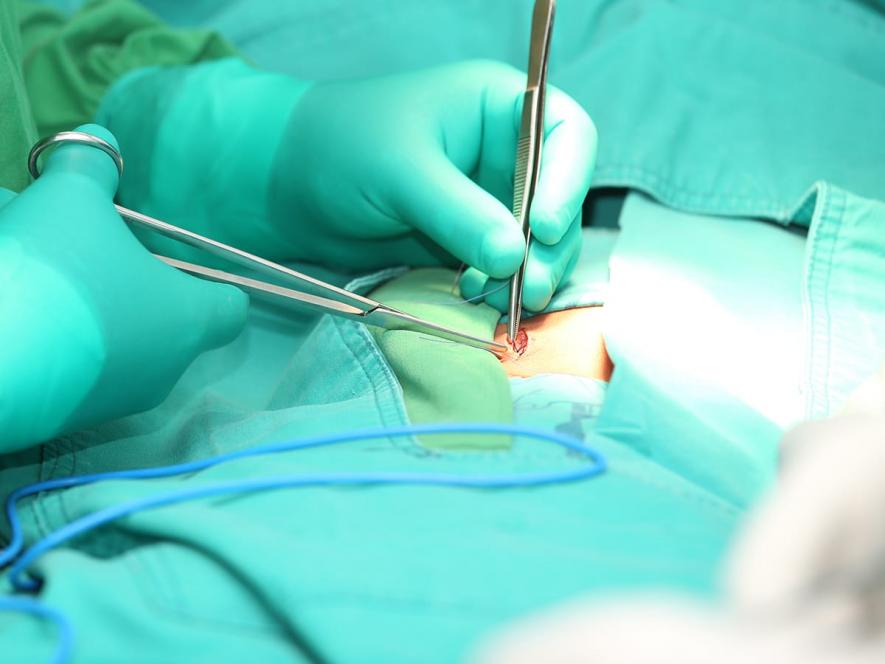
Laparoscopic techniques have been in use since the early 1900s, initially used only on animals, with the first laparoscopic procedure on a human conducted in 1910. Laparascopic techniques for a range of different types of surgery have been commonplace since the 1990s.
Today most operations to repair herniae are conducted using laparoscopic surgery, and the main reasons for this are...
- Shorter recovery times (patients generally able to return to normal activites around a week earlier than is the case with open surgery)
- Normally no need for a hospital stay at all after the procedure
- Much smaller scars than in open surgery (1-2cm incisions as opposed to 4-5cm incisions)
- Generally, less pain after the procedure (~66% of patients with very little/no pain cf. open surgery at ~33%1)
However, the laparoscopic approach does have some drawbacks compared to conventional open surgery. These relate to two factors in particular - firstly that the surgeon is using instruments operating at a distance and not using their hands for tissue manipulation, and secondly that visualisation via video camera does not give the same depth of vision as direct eyesight. This can translate to an increased risk of inadvertent injury.
The choice of laparoscopic or conventional surgery is often dictated by the type of hernia as well as size and location of the hernia. In general terms, unless there are other factors at play, the following types of surgery are employed for different hernia types...
- Femoral herniae – open.
- Inguinal herniae – laparascopic or open.
- Parastomal herniae – laparoscopic.
- Umbilical herniae – open.
- Ventral / Incisional herniae – laparoscopic.
Note - If a hernia is particularly large or has been present for a long period of time, an open procedure may be recommended over the laparoscopic option. Also, where deemed necessary, a surgeon will occasionally need to convert a laparoscopic procedure to an open procedure, often to minimise the possibility of tissue damage or bleeding. This is a fairly straightforward process and this decision is often made due to inadequate visualisation of the organs via the laparoscopic camera.
The preference for the laparoscopic approach over conventional surgery (for inguinal hernia repair) is backed up by a number of studies between 1998-2008, listed in a 2016 Medscape article titled 'Laparoscopic Inguinal Hernia Repair'2.
Another article in 20133 based on a randomised clinical trial of laparoscopic vs. open repair for incisional herniae found that...
- Operating time was a little longer for the laparoscopic approach (100mins vs 76mins)
- Blood loss during the procedure was significantly less for the laparoscopic group (10mL vs. 50mL) although complications during surgery were higher in the laparoscopic were higher (9% vs. 2%)
- No statistically significant difference in terms of post operative pain between the two approaches
- Recurrence rates were also similar, with neither approach seeing particularly better or worse outcomes
For these reasons, laparoscopic techniques are generally regarded as the 'gold standard' for many hernia procedures today.
References
1 http://californiaherniaspecialists.com/compare-open-and-laparoscopic-surgery
2 http://emedicine.medscape.com/article/1534321-overview
3 http://jamanetwork.com/journals/jamasurgery/fullarticle/1670366